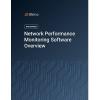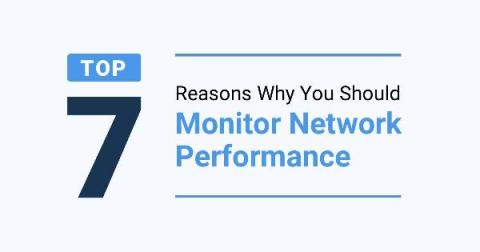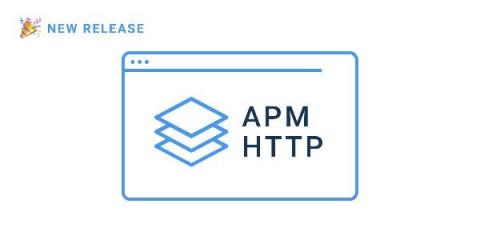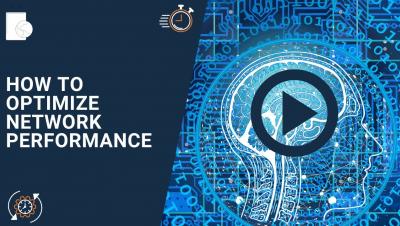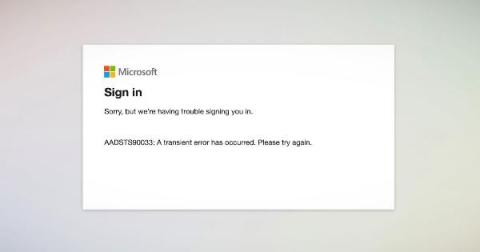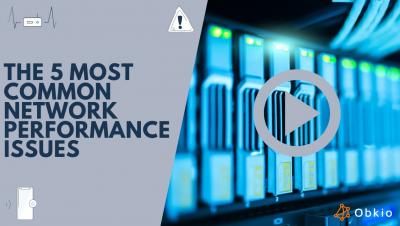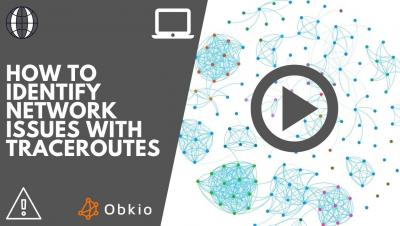Operations | Monitoring | ITSM | DevOps | Cloud
Obkio
New Public Monitoring Agents at daregraphic
Obkio is announcing a new Public Monitoring Agent with daregraphic, a technology consulting firm focused on the conception and set up of distance-work/remote graphic environments. Learn more about their new Public Monitoring Agent deployed in Montreal, and more Agents coming soon.
Top 7 Reasons Why You Should Monitor Network Performance
Modern networks are complex beasts. With this complexity comes many opportunities for things to go wrong. Additionally, networks are often the backbone of businesses, and so when they don’t perform to the best of their capabilities, your business may suffer. As a network administrator, this is certainly something you’d rather avoid. One of the best ways to avoid business-impacting issues is to see them coming and fix them before they have a chance to wreak havoc.
Application Performance Monitoring (APM) for HTTP URLs
Since its beginning, Obkio's solution focused on Network Monitoring with the Network Performance Monitoring and Network Device Monitoring feature sets. With these features, IT teams can monitor and troubleshoot intermittent network issues with precise network metrics including some Quality of Experience (QoE) metrics based VoIP Quality and MOS Score.
How to Optimize Network Performance | Obkio
Microsoft Login Failures Affecting Office 365 and Azure
On Monday, September 28th 2020, Microsoft had a failure with their authentication system that affected major products and services such as Office 365, Outlook, Teams, Sharepoint, Azure and many others. The Microsoft login failure affected consumer and business users that were not already authenticated with the Azure Active Directory (Azure AD) service. Microsoft confirmed the outage on their Azure Status Dashboard website.
ThinkTel Network Assessment for UC Deployment Case Study
Find out how ThinkTel, a provider of advanced hosted, and on-premises, voice, video, conferencing, and data solutions for the Enterprise, Carrier and SMB markets throughout Canada, leverages Obkio’s Network Performance Monitoring solution to perform a network assessment of clients’ network capability to support the specific requirements of Real Time Media and deploy a Unified Communication solution with confidence (Microsoft Teams via Direct Routing, Skype for Business).


